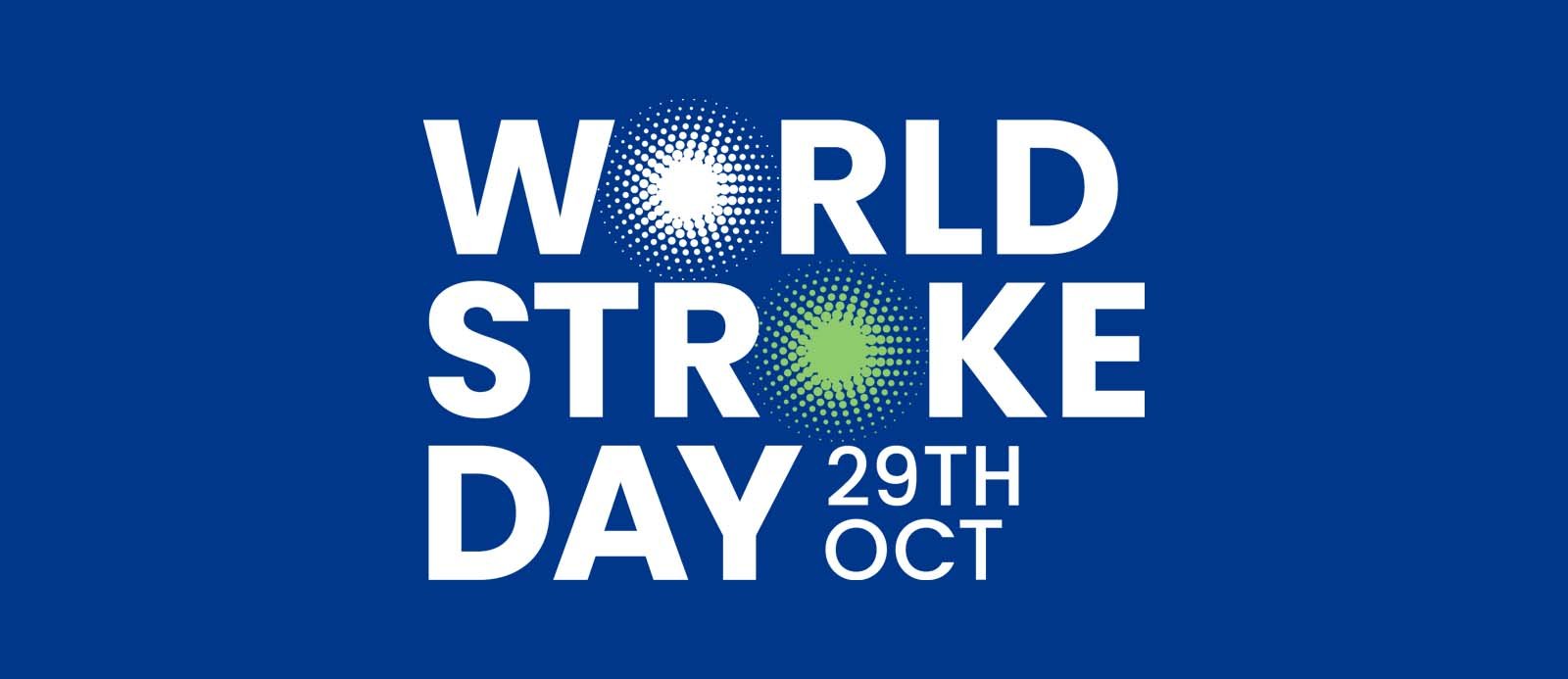World Stroke Day 2023: Unraveling the Mystery of Brain Strokes
Introduction
Welcome to World Stroke Day 2023, where we dive deep into the enigmatic world of brain strokes. Today, we unravel the mystery surrounding this silent assailant that affects millions worldwide. Brace yourself for a whirlwind journey as we explore the three types of brain strokes, their symptoms, and the five underlying causes.
The Three Types of Brain Strokes
Stroke, also known as a cerebrovascular accident, occurs when the blood supply to the brain is disrupted, leading to brain cell damage. There are three main types of strokes:
- Ischemic Stroke: This type of stroke accounts for about 80% of all cases and occurs when a blood clot obstructs a blood vessel, cutting off blood flow to the brain.
- Hemorrhagic Stroke: This type of stroke happens when a weakened blood vessel ruptures, causing bleeding in the brain.
- Transient Ischemic Attack (TIA): Often referred to as a mini-stroke, TIA is a temporary disruption of blood flow to the brain. Although the symptoms are temporary, it should never be ignored as it can be a warning sign of an impending major stroke.
Recognizing the Symptoms
Knowing the symptoms of a stroke is crucial as prompt medical intervention can save lives. Here are some common signs to watch out for:
- Sudden numbness or weakness: This usually affects one side of the face, arm, or leg.
- Difficulty speaking or understanding speech: Slurred speech or confusion may be present.
- Severe headache: This may be accompanied by dizziness, vomiting, or altered consciousness.
- Trouble seeing: Blurred or double vision, or sudden loss of vision in one or both eyes, can occur.
- Loss of balance or coordination: This can manifest as sudden dizziness, trouble walking, or a lack of coordination.
The Underlying Causes
Now that we’ve covered the types and symptoms, let’s delve into the underlying causes of strokes. While some risk factors are beyond our control, such as age and family history, there are several modifiable risk factors:
- High Blood Pressure: Also known as hypertension, this is the leading cause of strokes. Keeping your blood pressure under control is crucial in preventing stroke.
- Smoking: Lighting up not only damages your lungs but also increases your risk of stroke. Quitting smoking is one of the best decisions you can make for your health.
- Diabetes: Uncontrolled diabetes can damage blood vessels, making you more susceptible to strokes. Proper management of diabetes is essential.
- High Cholesterol: Elevated levels of cholesterol can lead to the formation of plaque in the arteries, increasing the risk of stroke. Eating a healthy diet and exercising regularly can help maintain healthy cholesterol levels.
- Obesity and Sedentary Lifestyle: Carrying excess weight and leading a sedentary lifestyle can contribute to various health problems, including stroke. Staying active and maintaining a healthy weight can significantly reduce your risk.
Conclusion
On this World Stroke Day, let’s raise awareness about the three types of brain strokes, their symptoms, and the underlying causes. By understanding the signs and taking preventive measures, we can work towards reducing the burden of strokes on individuals and society as a whole. Remember, knowledge is power, and together, we can make a difference!
Share this content:














Post Comment